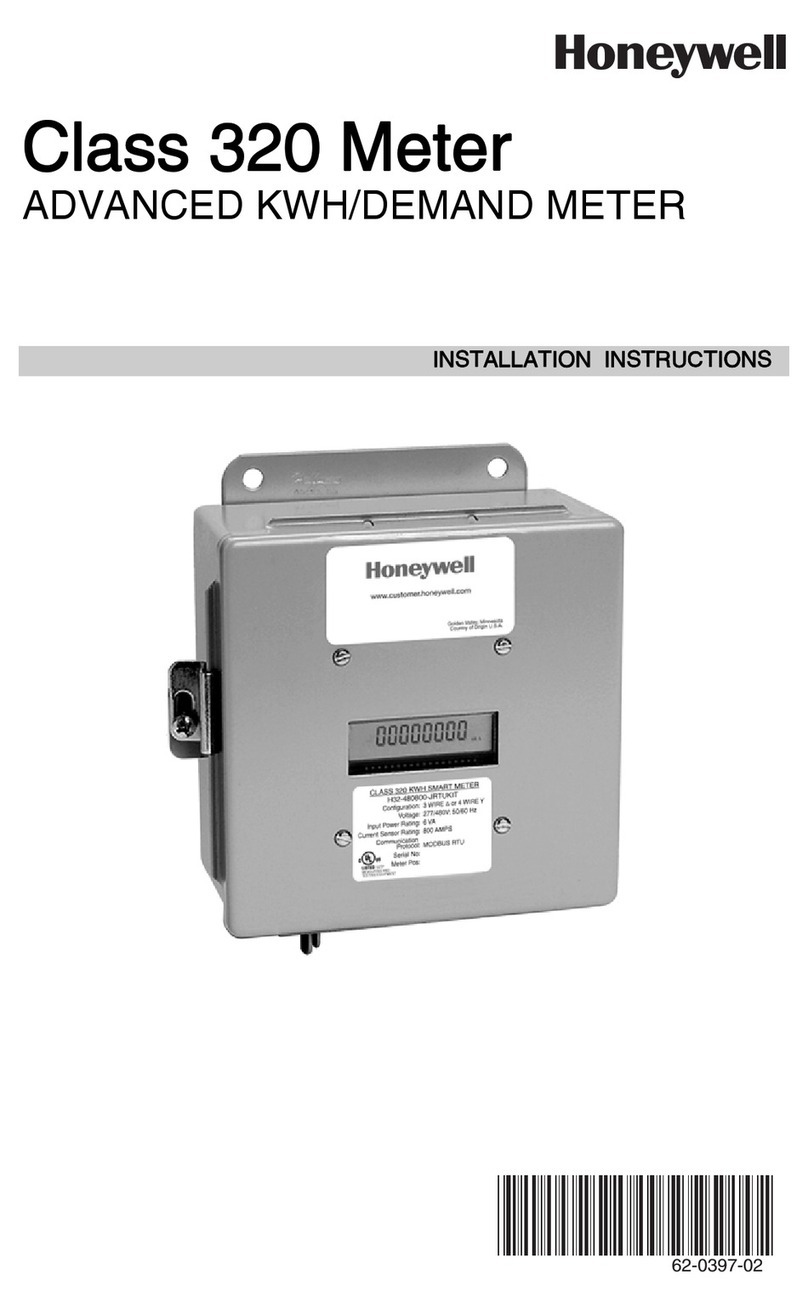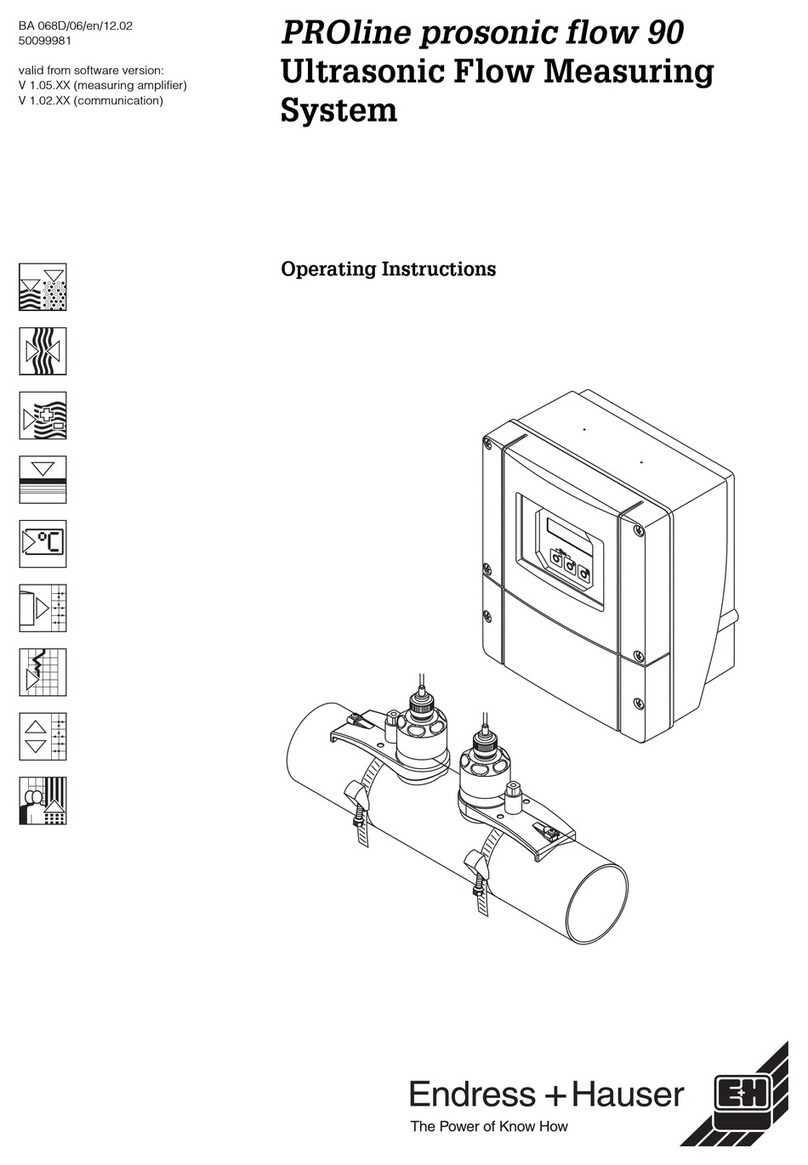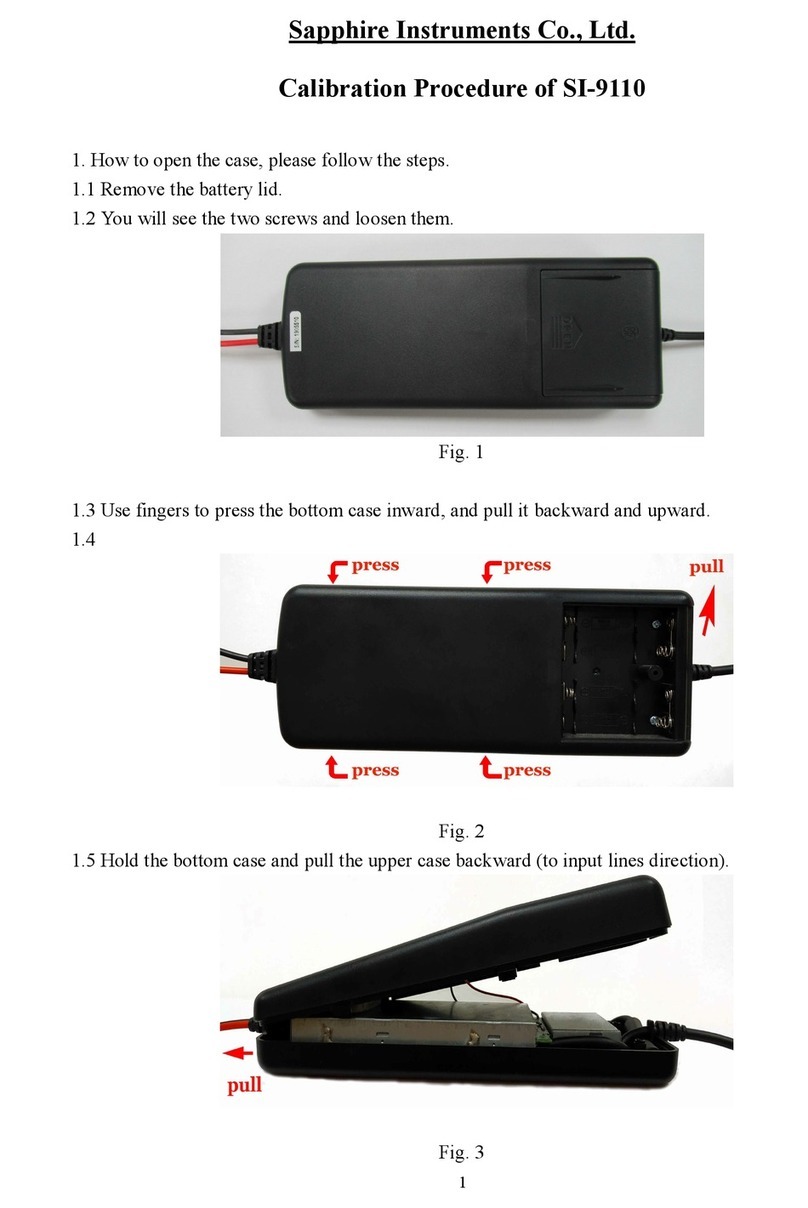Tru-Test EC-09 User manual




















Table of contents
Other Tru-Test Measuring Instrument manuals
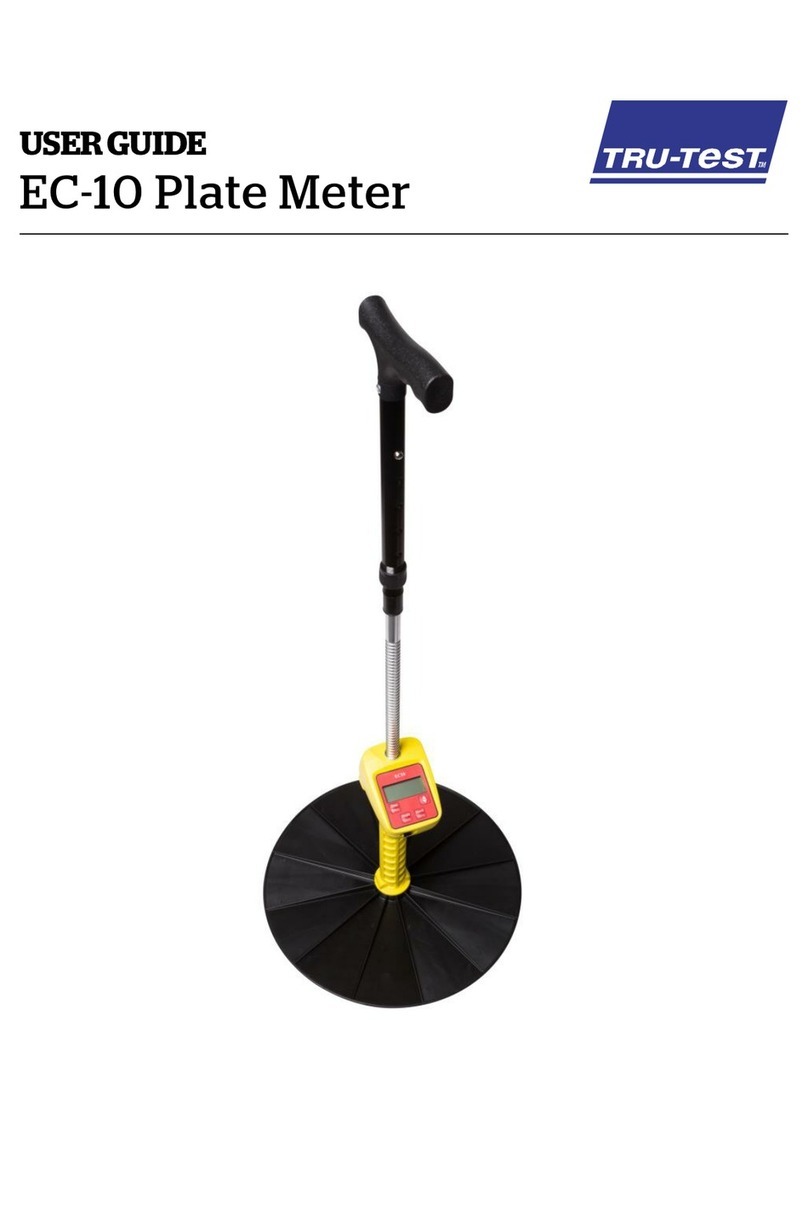
Tru-Test
Tru-Test EC-10 User manual
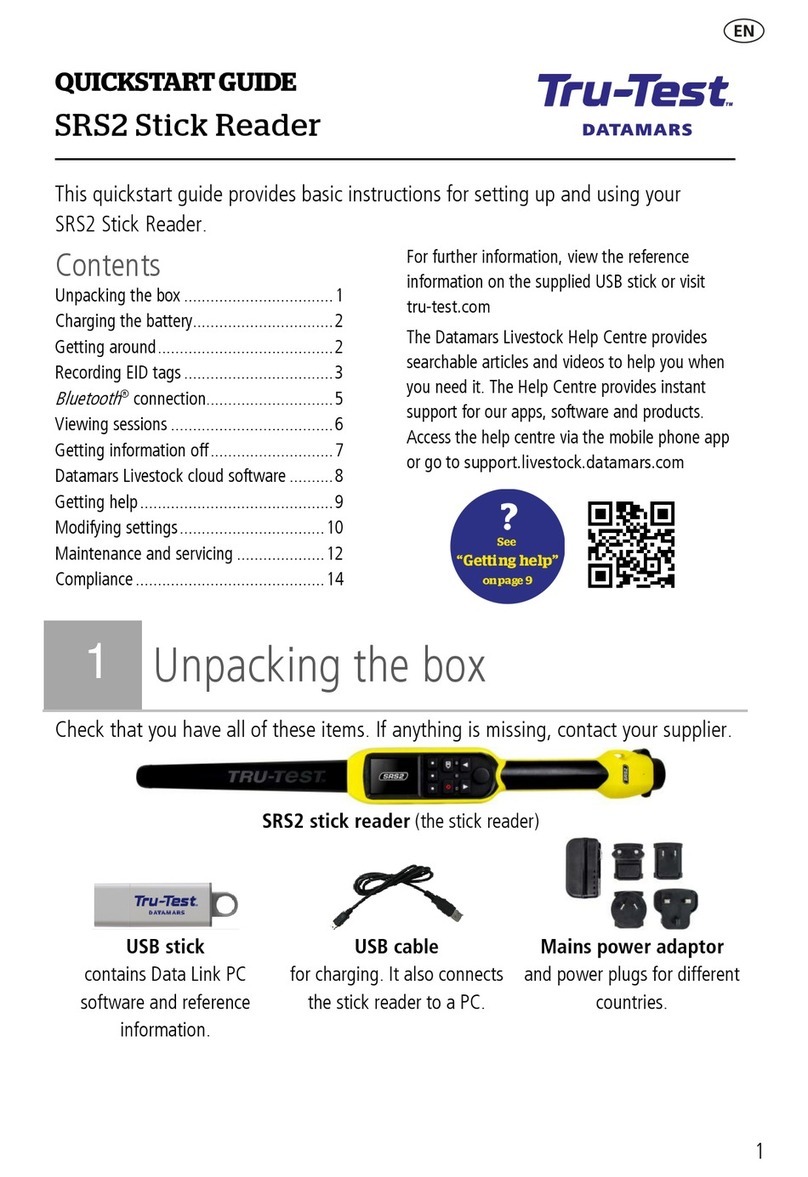
Tru-Test
Tru-Test SRS2 User manual
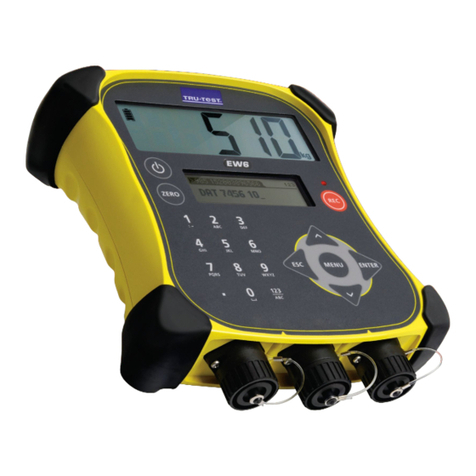
Tru-Test
Tru-Test EziWeigh6 User manual
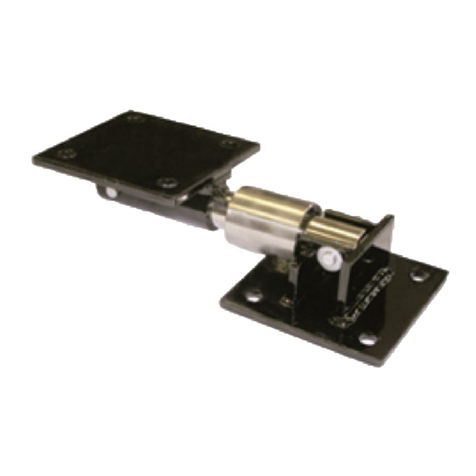
Tru-Test
Tru-Test XHD2 User manual

Tru-Test
Tru-Test EC-20 User manual
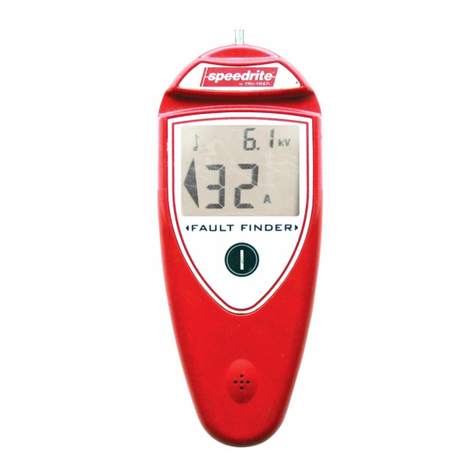
Tru-Test
Tru-Test Speedrite Fault Finder User manual

Tru-Test
Tru-Test 703 User manual
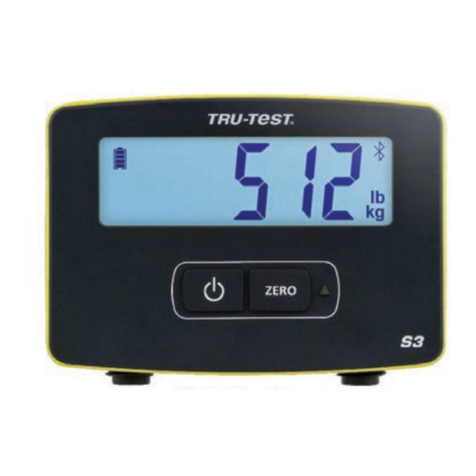
Tru-Test
Tru-Test S3 User manual
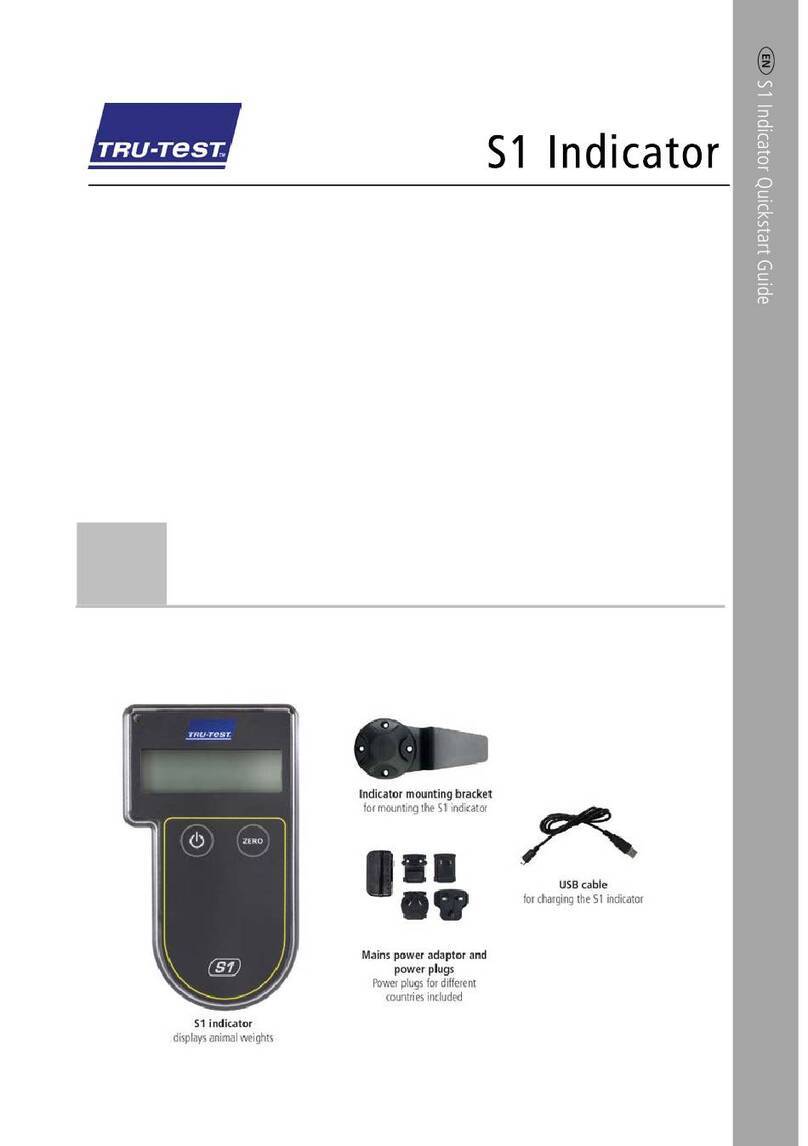
Tru-Test
Tru-Test S1 User manual

Tru-Test
Tru-Test XR3000 User manual
Popular Measuring Instrument manuals by other brands
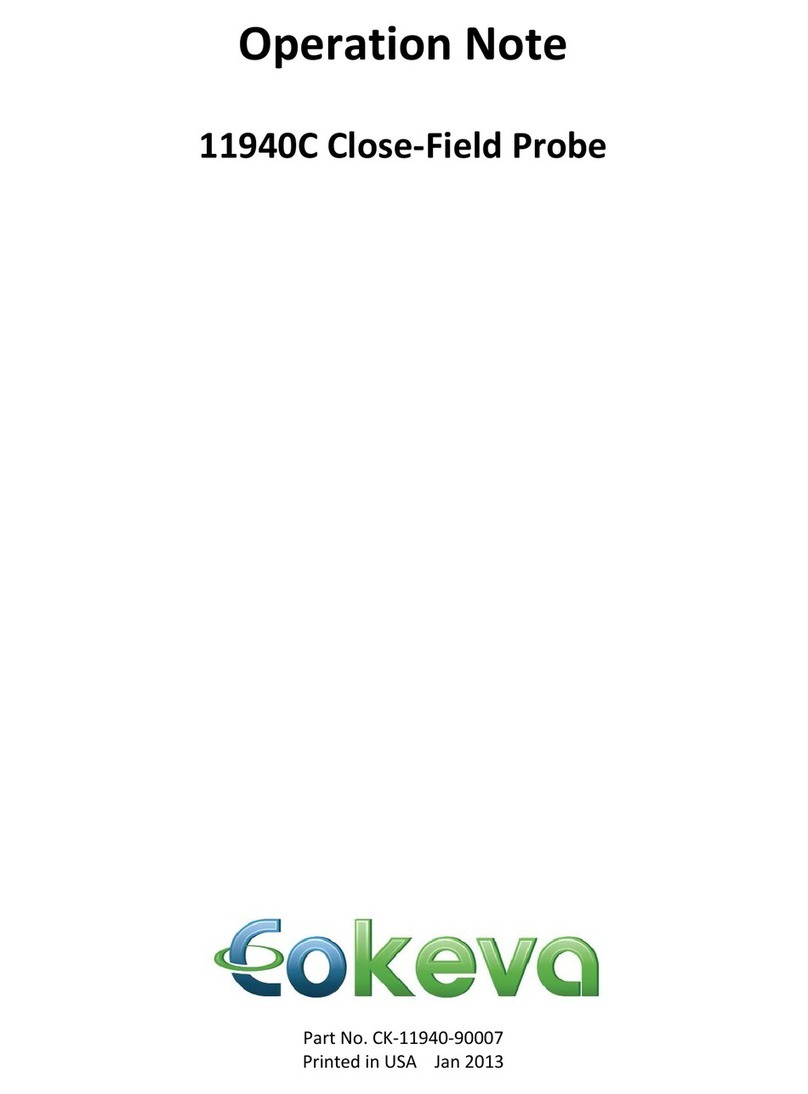
COKEVA
COKEVA 11940C Operation note
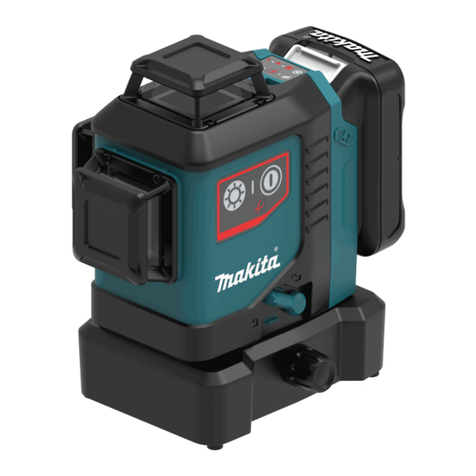
Makita
Makita SK700D manual

Hunter
Hunter Hydrawise Installation & quick start guide
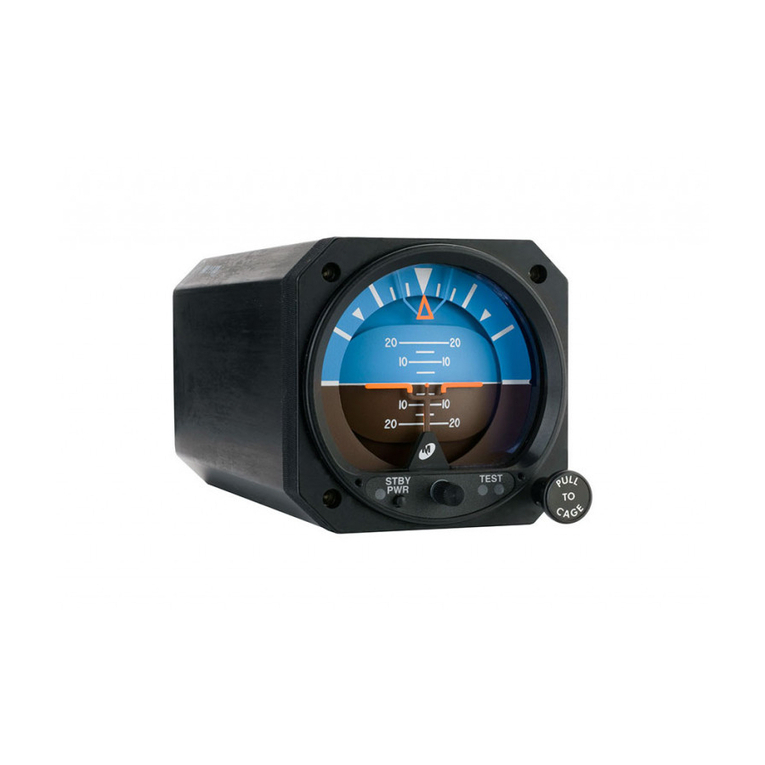
Mid-Continent Instruments
Mid-Continent Instruments 4300 Series Installation manual and operating instructions
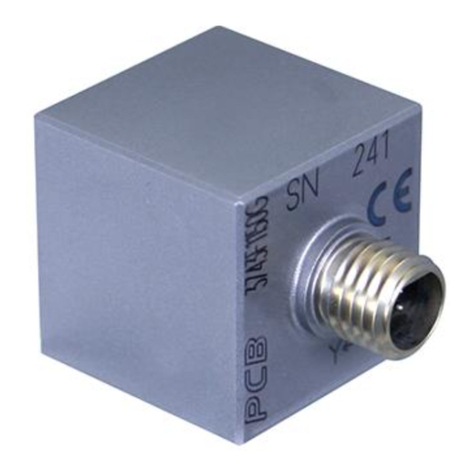
PCB Piezotronics
PCB Piezotronics 3743F11200G Installation and operating manual
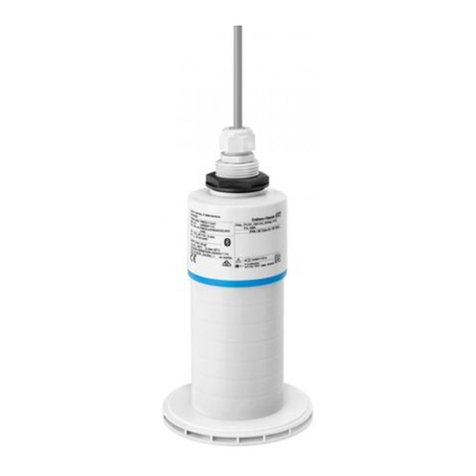
Endress+Hauser
Endress+Hauser Micropilot FMR20 Brief operating instructions
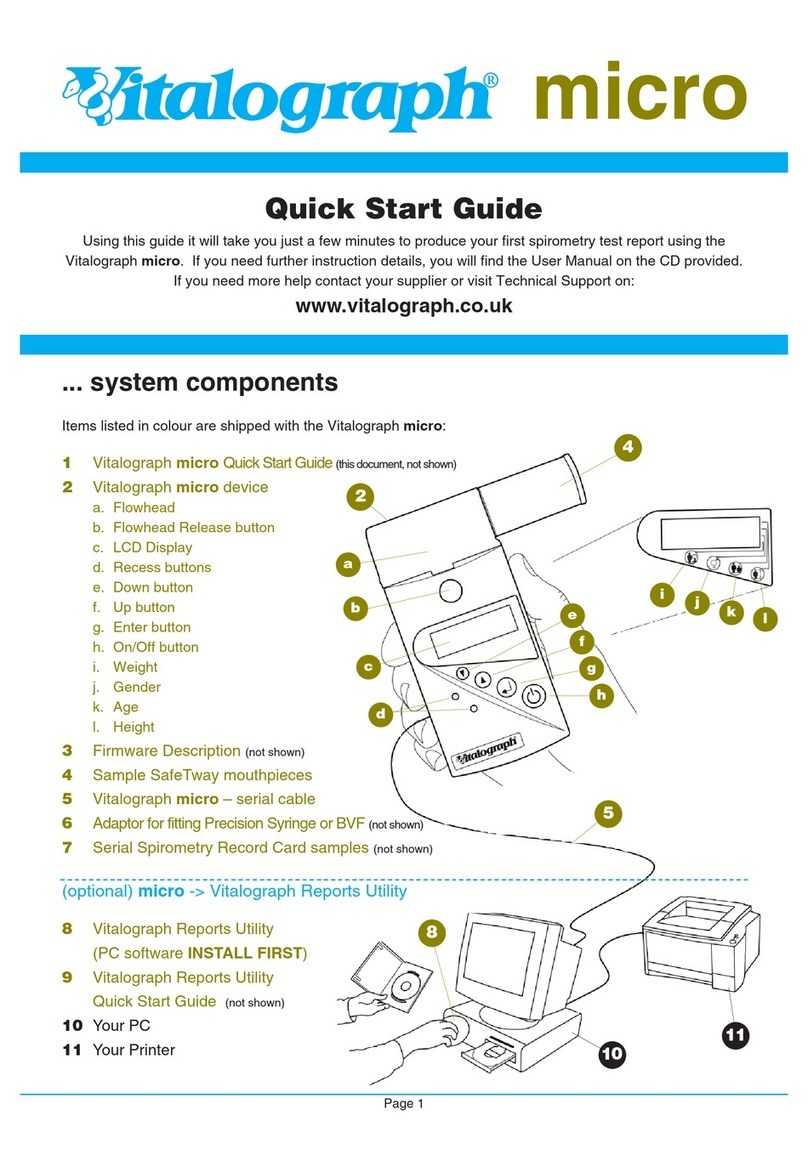
Vitalograph
Vitalograph Vitalograph micro quick start guide
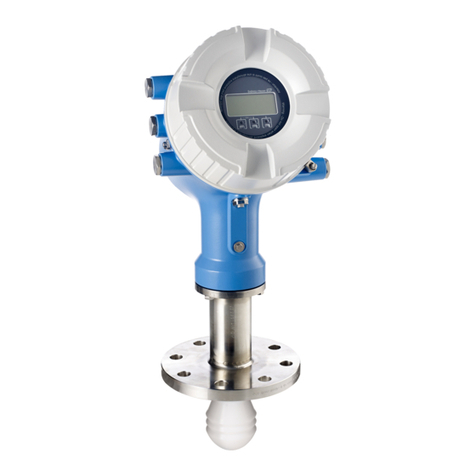
Endress+Hauser
Endress+Hauser Micropilot NMR81 Brief operating instructions
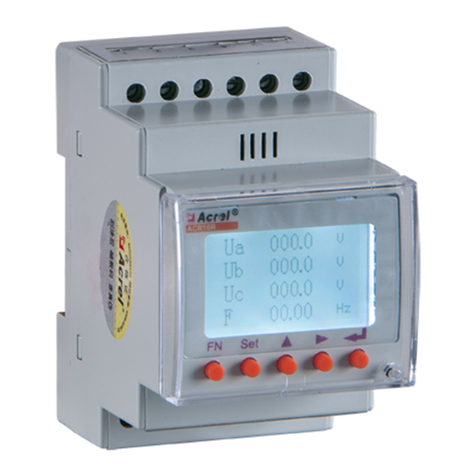
Acrel
Acrel ACR10R-D TE Series Use and installation manual

Brunton
Brunton F-5012 instruction manual
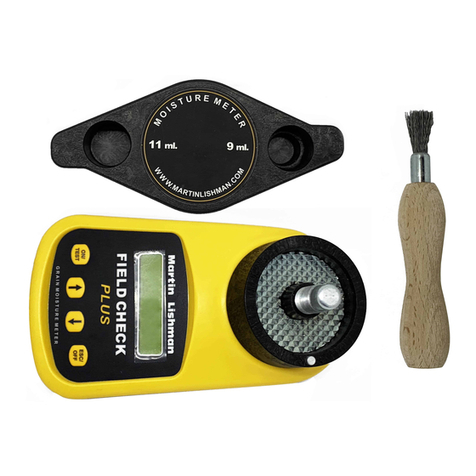
Martin Lishman
Martin Lishman Field Check PLUS Instruction manual and users guide

ST
ST DELTA 1000/400A AC DC user manual
